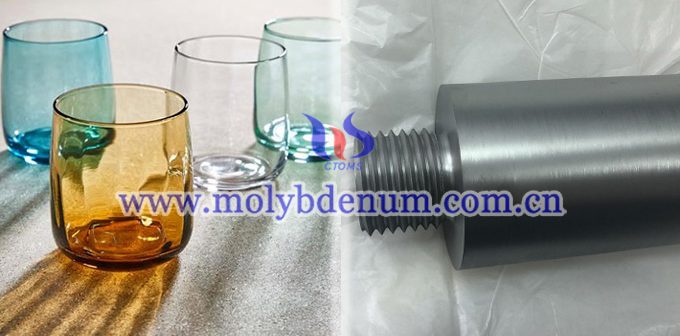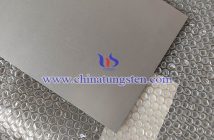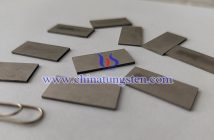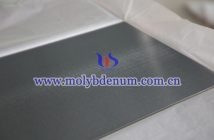Among the types of cups and pots on the market, glass is the healthiest, safest, and most widely used cups, according to relevant research data. There are various kinds of glasses in the market, but only those with pure glass material, crystal clear body, and moist feel are deeply loved by consumers. How to produce high-quality glass?
The production process of glass is batching, melting, forming, sintering and annealing. Among them, melting is extremely important for the quantity of finished products and is the top priority in the process. The prepared raw materials are heated in a glass furnace at a high temperature to form a uniform and bubble-free glass liquid. This is a very complicated physical and chemical reaction process, and the quality control of the electrodes used as electric heating should be very strict for each glass factory.
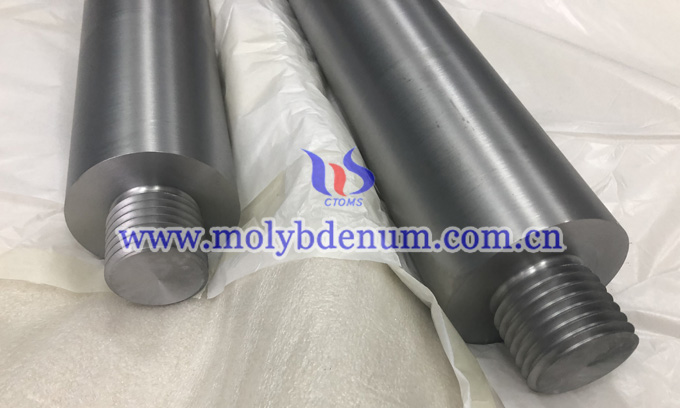 The glass melting electrode must be able to withstand corrosive glass melting and strong high temperature. Bubbles are not permitted in the process of contact with molten glass, and the product of corrosion of electrode material must not bring any defect to finished glass. Now pure molybdenum material is proved to be the most suitable material for these challenging conditions, considering its characteristics of excellent creep resistance, outstanding corrosion resistance, high purity and good thermal and electrical conductivity.
The glass melting electrode must be able to withstand corrosive glass melting and strong high temperature. Bubbles are not permitted in the process of contact with molten glass, and the product of corrosion of electrode material must not bring any defect to finished glass. Now pure molybdenum material is proved to be the most suitable material for these challenging conditions, considering its characteristics of excellent creep resistance, outstanding corrosion resistance, high purity and good thermal and electrical conductivity.
However, the glass melting process is usually accompanied by various problems.
Glass hybrid materials usually contain chemical impurities, such as As2O3, Sb2O3 and sulfur. If they react with cerium oxide, they will make the glass yellow. If the iron, chromium and other elements in the raw materials exceed the standard, the glass will turn green or yellow, which will waste a lot of decolorizing agent. In the glass furnace, over chemical impurities will have a serious impact on normal operation of the electrode.
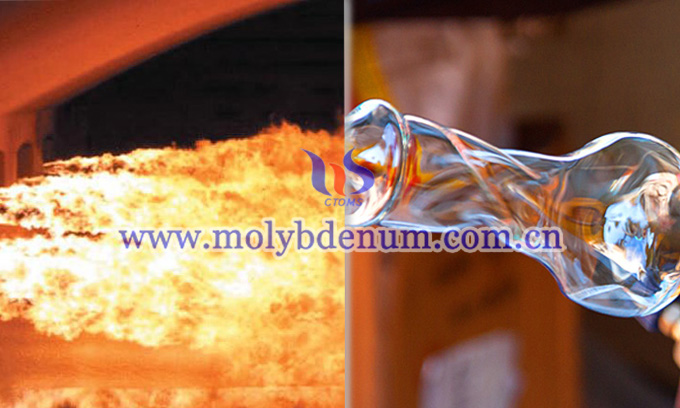 Nitric acid water is a liquid mixture mainly composed of sodium sulfate and sodium fluoride. The presence of a large amount of sodium ions makes it highly conductive and always floats on the viscous layer of liquid glass. At the junction of recycling cooling water and electrode jacket, the electrode is short but with high current density. If the nitric acid water reacts with the electrode, the molybdenum electrode will be far unable to carry the current density and then break.
Nitric acid water is a liquid mixture mainly composed of sodium sulfate and sodium fluoride. The presence of a large amount of sodium ions makes it highly conductive and always floats on the viscous layer of liquid glass. At the junction of recycling cooling water and electrode jacket, the electrode is short but with high current density. If the nitric acid water reacts with the electrode, the molybdenum electrode will be far unable to carry the current density and then break.
The purity of the molybdenum electrode is very important. Which requires at least 99.95% and the content of impurities needs to be controlled under a certain value to prevent the purity problem from affecting the service life. At the same time, the quality of glass material also needs to be guaranteed. Nitric acid water seems trivial, but it can destroy countless electrodes.

